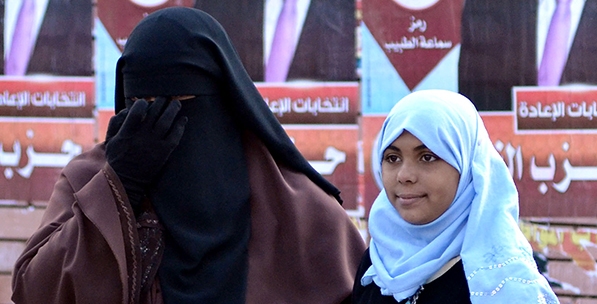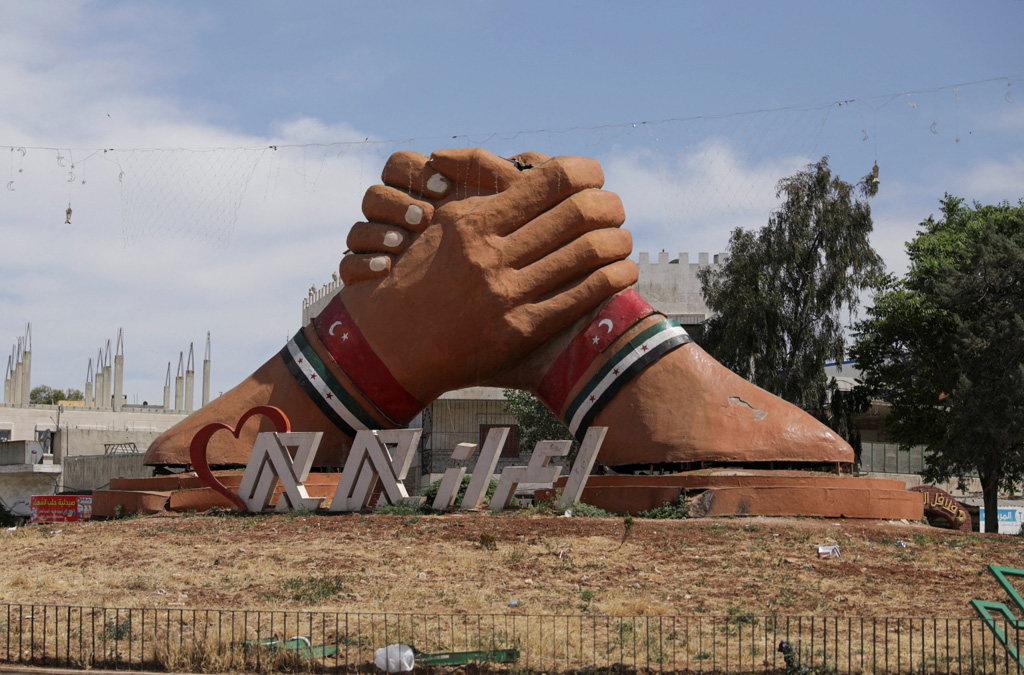
Politicization of Salafism in Egypt
This study will dwell on the structures, opinions of Salafi groups prior to the Revolution and their political parties, political attitudes and opinions in the wake of the January 25 Revolution.
Share
The emergence of the movements called “Salafi movements” in the Arab world dates back to a century ago. Though small compared to the regions where they emerged, these movements with different characteristics had the chance to “become communities” particularly in Egypt. Salafi movements have begun to draw more attention since January 25, 2011 when grassroots movements reaching a peak in Egypt launched a new process called the “Arab spring” or “Arab revolutions.”
These movements have become strong political actors in many Arab countries notably Egypt in the wake of the Arab revolutions and they have been fed by some traditional religious structures defined as Salafi in Egypt. Dwelling on the history, founders and traditional opinions of these Salafi-religious movements will enable us to be closely acquainted with today’s political parties of the Salafi origin. As Salafism today does not have a homogenous structure in terms of opinions and actions like the Muslim Brotherhood, it is difficult to categorize these groups according to certain criteria. The principles of faith they defend and the cultural atmosphere where they emerged are quite similar. However, it is possible to put these movements under four categories in terms of their views on social and political domain and their perceptions of politics and the society.
1. Traditional Salafism based on learning and dawah (invitation to Islam). These Salafi groups invite people to their principles, provide religious education and refuse all political participation. Focusing on Akaid (doctrines of religious faith), this Salafism tries to clear principles of akaid from bid’ah (innovation in religious matters) and hurafa (superstition). It considers other sects such as Mu’tazilah, Kharijism and Shiism as deviating from proper teachings. It keeps its distance from Ash’arism and Matudirism , casting out Sufi movements in particular. This Salafism is widespread in Saudi Arabia in particular with the mission for disseminating opinions and ideas of figures such as Abdulaziz bin Baz and Muhammad Nasiruddin al-Albani.
2. Salafism known for its harsh attitude towards politics and political parties. Supporting “obedience to rulers”, these Salafis oppose all kinds of political opposition and support political parties in power against other Islamist movements that desire to come to power by means of political parties. These groups are widespread in the Arab region notably in Saudi and Gulf countries. Their efficiency in the society has weakened in the wake of the Arab revolutions.
3. Salafism commonly called “jihadist.” These are the groups who declare regimes in the Arab world unbelievers, resort to violence against these regimes, and are held responsible for most of the attacks in the Islam world.
4. Salafism adopting a reformist line. This group adopts a more moderate attitude towards social and political issues. It not only defends Salafi beliefs and principles but also supports active involvement in every domain in public life. This group argues that social and political change should be gradually and peacefully made. Salafis in this group failed to do active politics before the Arab revolutions due to lack of favorable environment; however, they joined politics by means of different political parties in Egypt in particular and Tunisia, Libya and Yemen in the wake of the revolutions.&nbs
Tags »
Related Articles







